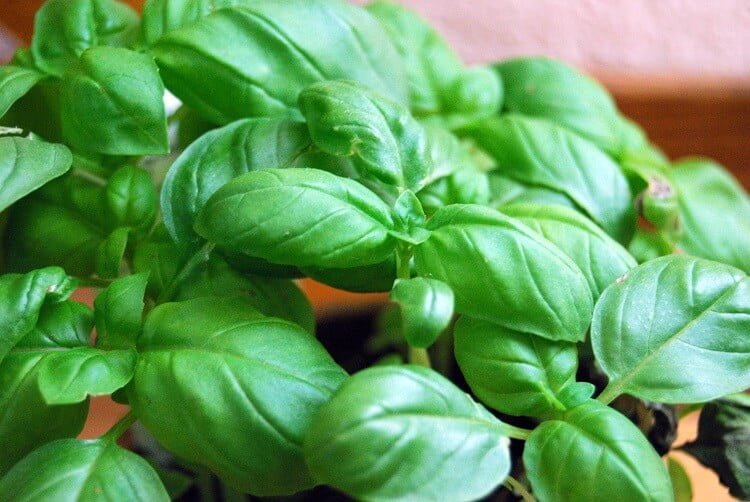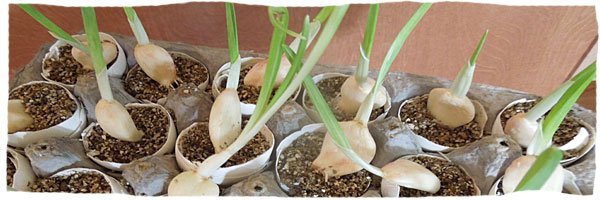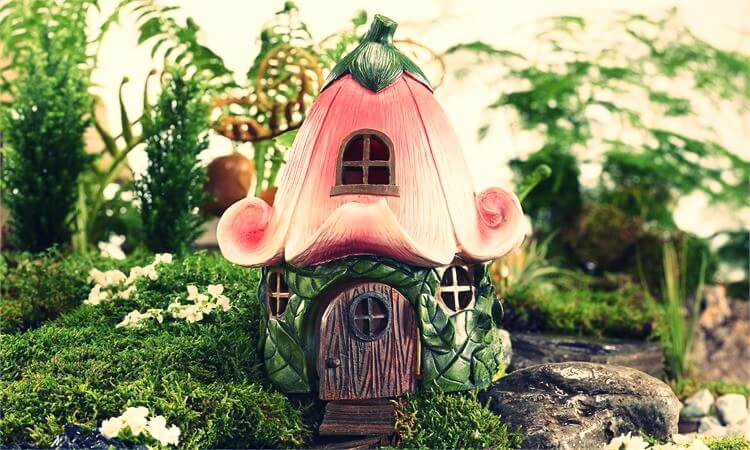Basil is one of the most popular herbs used in Italian cuisine and not only. It has a strong flavor, which is why it’s great for pizza, tomato sauce, pesto and plenty other recipes. The most common type you will find is the sweet basil, but there are also other types, such as purple basil, Lemon basil, and Thai basil. Growing your own is perhaps the best idea, so today we will show you how to grow basil by yourself. After that, we will also present some interesting basil facts.
[affiai asin=’B00TUYGS5S,B000N5WJZ6,B00FTDIMSK,B006OUILPQ’ template=’carousel’ count=”4″]
How to Grow Basil Step by Step
1. Choose the Type of Basil You Want
Just like we briefly explained in the introduction, there are several kinds of basil available. The right choice depends on the reason you want to learn how to plant basil. Here you have a couple of examples:
- Lemon basil – this variety contains citral, which gives it a lemon smell and flavor;
- Cinnamon basil – it does taste and smell sweet, like cinnamon;
- Purple basil – this variety is used mostly for decoration, not for flavor;
- Globe and Greek basil – preferred for their beauty since they grow in bushes.
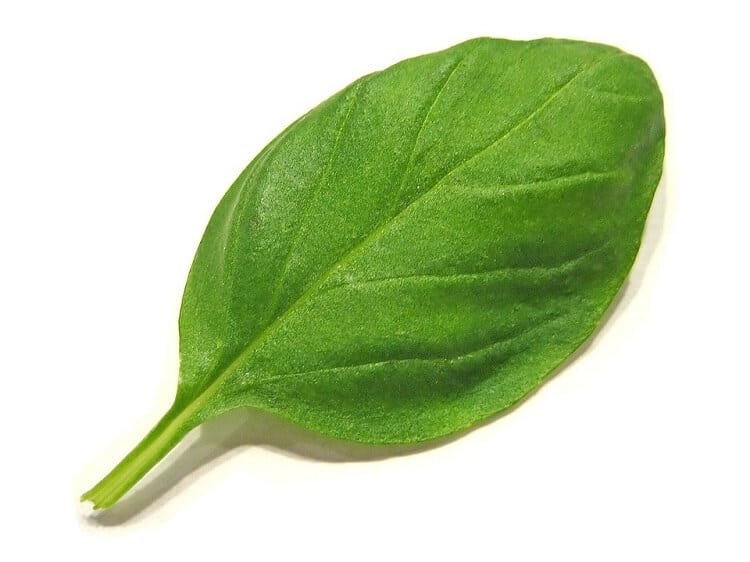
2. Start the Seeds
The best time to start the seeds indoor is 4-6 weeks before the last frost. Keep in mind that basil requires warm air, as well as the sun, to grow adequately. As such, it’s the easier to do this indoors instead of risking their health. An almanac or other gardeners can be reliable for finding out when the last frost will be. Organic seeds are the best choice for healthy plants.
3. Get Seed Containers Ready
An important part of how to grow basil is choosing the right containers. You can even start up an entire container garden if you want, besides planting basil. Go for flats or individual containers for the seeds. Place in them a mix of vermiculite, perlite, and peat. The mixture needs to be pressed a little so that there won’t be any air pockets. Use a little water to make the mix damp. This is good and helps seeds germinate.
4. Plant the Seeds
Each container should contain 1-2 seeds. Cover them with a thin layer of soil. Then, use some plastic kitchen wrap to cover all the containers. This will ensure that they stay moist. Place them in the sun, preferably next to a window. Twice a day, take the plastic wrap and lightly sprinkle the containers with water.
Alternatively, you could also use an overhead lamp or a heat mat to keep the containers warm after you followed the steps on how to plant basil seeds.
5. Removing the Wrap
When the sprouts emerge, you know it’s time to remove the plastic wrap. Continue to water the green tendrils two times a day. You can’t learn how to grow basil if you don’t pay attention to the water needs it has. As such, the soil should never dry out. Wait until the plants are a few inches tall and have mature leaves, then move them to a bigger container.
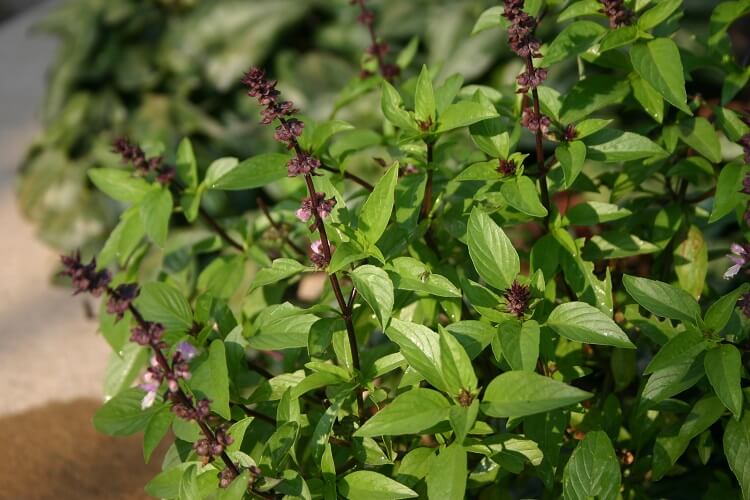
6. Transplanting the Plants
After the plant already formed two sets of leaves, you can move the basil either into your garden or into permanent containers. Don’t plant too early, since basil can’t survive frost. The most important things to keep in mind when planning how to grow basil is to ensure the plants have enough sunshine and the soil is well-drained.
In the garden, you must keep a space of minimum 1 foot (0.3 m) between the holes. Place the roots in the holes and then fill with soil. Pat the soil lightly so that there are no air pockets. The same amount of space needs to be kept in a large container as well, so choose one of an appropriate size.
7. Watering the Soil
The main idea here is to keep the soil damp, but don’t soak it. Basil requires a well-drained soil, so don’t let water pool around it. The mature plants need to be watered once a day. It’s important to do this step early in the morning. In this way, the water can soak into the soil and then evaporate, instead of pooling around the plant during the night.
8. Pinch the Flower Heads
When you start noticing the flower buds, pinch them, together with two pairs of leaves under them. If the flowers bloom, they will affect the flavor of the leaves. Moreover, the plant will also produce fewer leaves, which you don’t want to happen. This procedure is called bolting and it will most likely occur when the plants enjoy the extra sunshine.
9. Keep an Eye Out for Pests
What can’t miss from a guide on how to grow basil is the part about pests. Basil plants usually attract Japanese beetles. The best solution is to take them off the plants with your hand. On the other hand, if you see mold appearing on your plant, this may mean that you don’t offer them the right amount of sunlight. Another reason could be that you’ve placed them too close together. Let the larger plants grow and take out the smaller ones.

10. Harvesting and Pruning
Once the basil stalk reaches an adequate height, it’s time to pinch off the first two pairs of leaves. Have a closer look at the plant. At the base of every leaf, there are two other smaller ones. If you cut the stem found between them, they will start growing outwards. Pay attention to the way in which you cut them so that you don’t damage the little leaves.
The reason behind this process is simple. Pinching makes the plant direct its energy into the stronger stems, and that’s why they will grow bushy. Careful not to pinch the lower part of the stem. This will make them grow reedy and tall. As such, pinch from the top.
11. Enjoy Your Basil
Perhaps the most pleasant part of a guide on how to grow basil is eating it. Before cooking, rinse the leaves well. Most likely you are not going to use it all at once, so you will have to store it. Wash the leaves, then dry and wrap them in paper towels. To keep them fresh, put them in a food storage container. Make sure the latter has an airtight lid.

12. Freezing the Basil
It’s not a good idea to freeze the leaves whole. The best thing to do is to make a puree or pesto before freezing it. In this way, it will last for months. Put the basil in a blender with some water, olive oil, and lemon juice. Blend until it becomes a smooth puree. Place it in a food storage bag then and then into the freezer.
13. Drying the Basil
Another solution for storing away basil is to dry it. If you managed to learn how to grow basil, you can also learn how to dry it. Pinch the leaves at the stem and then put them in an area with plenty of shade and ventilation. In 3-4 days, if you notice that the plants are still not completely dry, use the oven. Place them there and choose the lowest setting for the heat. Keep the oven door slightly open. Turn the leaves so that they can dry equally. Remember to check on them frequently. The downside with this method is the fact that the basil will lose some of its flavors if you dry it. Even so, many people prefer to do this.
14. The Italian Storage Way
Put dry basil leaves in layers in a glass jar. Between the layers, put a pinch of salt. When the jar is full, pour some oil to the top. Seal the jar tightly so that it will last indefinitely.
The clip below illustrates the steps you need to follow if you’re interested in how to grow basil:
Basil Facts
- Basil is a sacred plant in the Hindu cultures. Many think that it is a favorite plant of the gods.
- It was first mentioned in the English writings in the middle of the 17th In the American literature, we notice the first mention around a century later.
- Originally, basil grew in tropical Africa. Later on, it was brought from India to Europe on the famous trade routes between the two.
- According to ancient herbalists, if you place basil leaves on the stings or bites caused by insects, the plant will draw out their poison. Some recommend it as an anti-gas aid or a digestive. Other herbalists claim it is good for headaches and anxiety since it has some sedative properties. Stomach cramps and constipation are also areas where basil can help.
- It belongs to the mint family, which you can tell from the shape of the leaves.
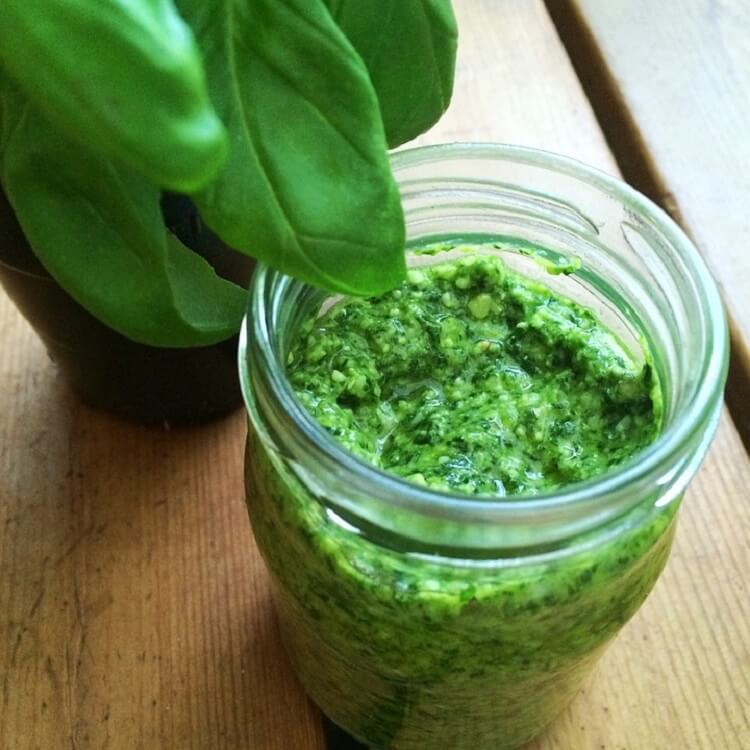
Conclusion
It’s not difficult to learn how to grow basil, but truth is that the plant requires some care. You must water it daily, to make sure the temperature and the amount of sunlight are right and so on. However, the effort is worth it, since the home grown basil is tastier than the one you buy.





